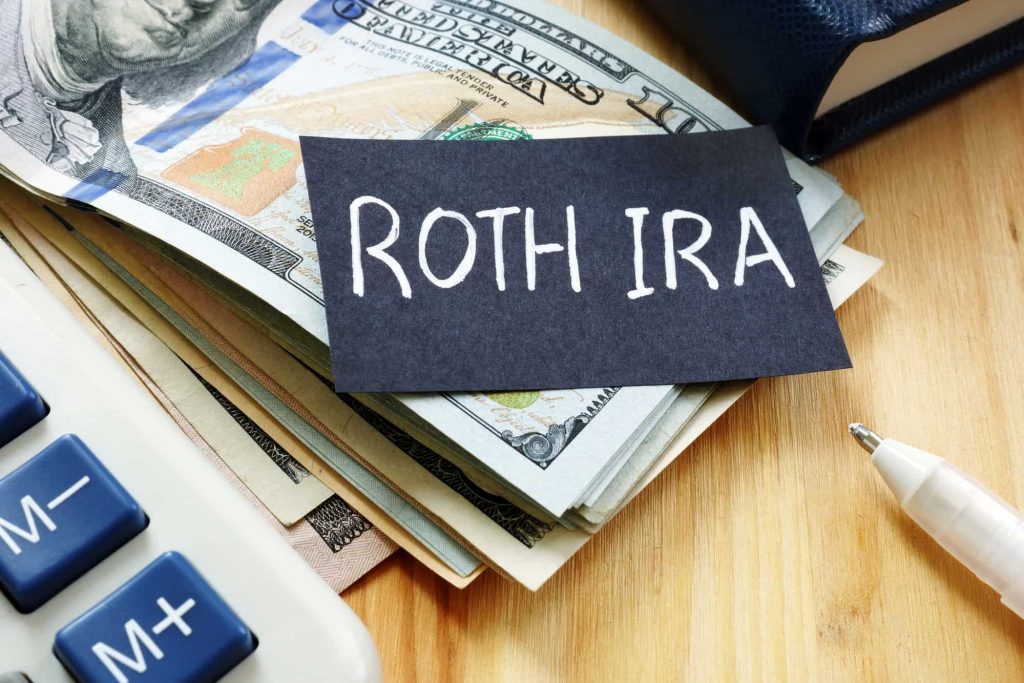
During 2025, federal employees who are younger than age 50 can make a Roth IRA contribution of up to $7,000. Those employees who will be over age 49 as of December 31, 2025 (they were born before January 1, 1976) can make a catch-up contribution of $8,000. However, in order to make a Roth IRA contribution for 2025 the employee’s adjusted gross income (AGI) has to be below certain limits, as summarized in the following table:
Roth IRA Income Requirements for 2025

Are there any things that a federal employee can do in case an employee cannot contribute to a Roth IRA for 2025 because the employee anticipates his or her AGI will exceed the AGI limit? This column presents four ways:
1. Convert an existing before-taxed traditional IRA to a Roth IRA
There is no dollar limit when converting a traditional IRA to a Roth IRA. The entire amount converted will be taxed and there will be no early withdrawal penalty, no matter the age of the traditional IRA owner. This tool is often used by individuals who are currently in a lower marginal tax bracket. Individuals are advised to make sure that they convert just enough of their traditional IRAs so as to remain in that lower marginal tax bracket. Individuals who convert their traditional IRAs to Roth IRAs should also have a sufficient amount of liquid savings, such as money market account and passbook (savings) accounts, in order to pay the federal and state income tax liabilities resulting from the conversions.
2. Contribute to a nondeductible traditional IRA and then perform a “back-door” Roth IRA conversion.
This suggestion is most valuable when an individual does not own traditional IRAs, rollover traditional IRAs, traditional SIMPLE IRAs, or traditional SEP-IRAs. This is because the conversion process is tax and penalty-free. If an individual owns any type of before-taxed traditional IRA, then the “pro-rata” rule, discussed in “How to Use the Backdoor Strategy to Contribute to a Roth IRA” (www.myfederalretirement.com/ira-backdoor-strategy).
3. Convert a 529 college savings account to a Roth IRA
Beginning January 1, 2024, the custodian of a 529 plan will have the opportunity to take funds in the 529 account and roll over the funds to a Roth IRA. The Roth IRA would belong to the 529 plan’s beneficiary. The rollover will not trigger extra income nor taxes or penalties.
There are several key provisions for this rollover to occur, including:
• The 529 college savings account must have been open for more than 15 years.
• The eligible rollover amount must have been in the 529 account for at least five years.
• The annual rollover amount is subject to Roth IRA annual contribution limits. During 2025 these limits are $7,000 and $8,000 for individuals aged 50 or older.
• There is a lifetime rollover limit of $35,000 for each 529 account beneficiary.
• The earned income requirements apply for the rollover; and
• Roth IRA adjusted gross income (AGI) limits do not apply for the rollover.
The following example illustrates the conversion of a 529 college savings account to a Roth IRA.
William is a federal retiree. William has a grandson, Thomas, who finished graduate school in 2024. Thomas has $25,000 left in his 529 college savings plan that William funded 20 years ago, as a first birthday present. Since the funds in the 529 college savings plan have been in the plan for 15 years, over the next several years William can consider converting some of the 529 money to a Roth IRA for his benefit. To do so, Thomas must have earned income. During 2025, Thomas has a job, and his annual salary is $120,000. That means that during 2025 William can convert $7,000 of the $25,000 remaining in the 529 account to Thomas’ Roth IRA. Note that if Thomas makes a $2,000 Roth IRA contribution during 2025, then William will be allowed to convert $7,000 less $2,00, or $5,000 of the 529 plan funds to Thomas’ Roth IRA.
4. Maximizing annual Roth TSP contributions and eventually rolling over the Roth TSP account to Roth IRAs
Federal employees have the option of contributing to the traditional (before-tax) TSP and/or the Roth (after-tax) TSP. Employees can contribute entirely to the Roth TSP with no AGI limitations. During 2025, all employees no matter their age were able to contribute a maximum $23,500 to the Roth TSP. During 2025, employees who are between age 50 and 59 or over age 63 can contribute a maximum $31,000 ($23,500 plus $7,500 catch-up contributions) to the Roth TSP. Employees born between January 1,1965 and December 31,1968 can contribute a maximum of $34,750 to the Roth TSP.
Upon retiring from federal service, an employee with a Roth TSP account has the option of doing a tax-free rollover of a portion or all of his or her Roth TSP account to a “rollover” Roth IRA. If an employee leaves federal service before meeting the requirements to retire under an immediate retirement, then the departed employee upon reaching age 59.5 can request a tax-free rollover of their Roth RSP account to a rollover Roth IRA.
Those federal employees with a Roth TSP account and who reached age 59.5 can request a tax-free rollover of their Roth TSP account to a Roth IRA. They are limited to four rollovers per calendar year.

